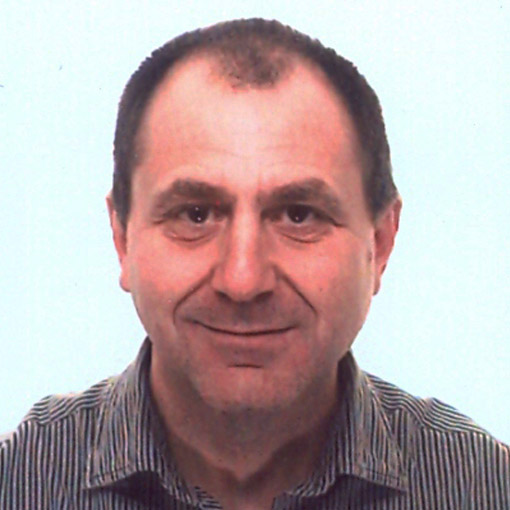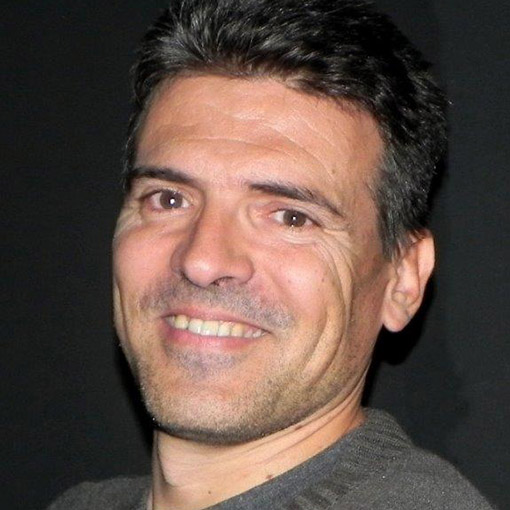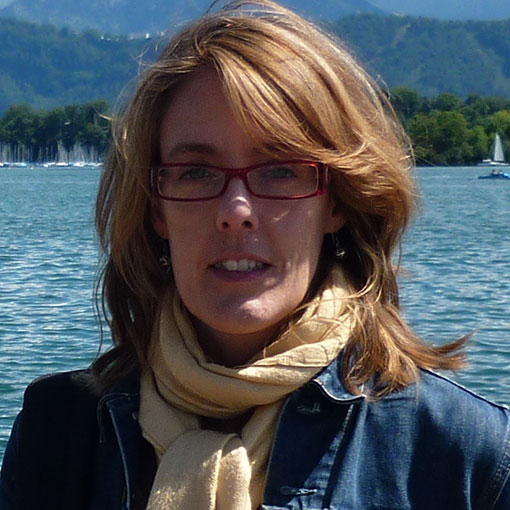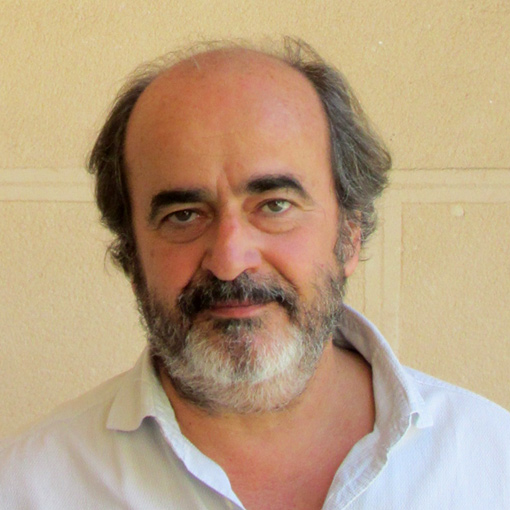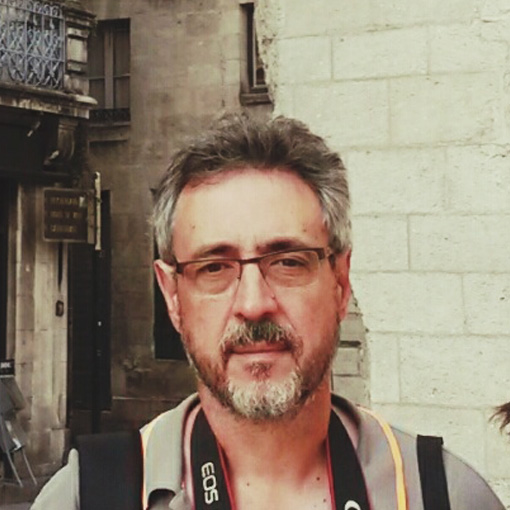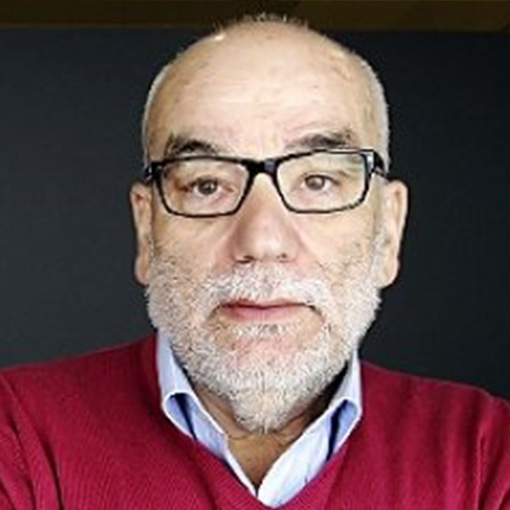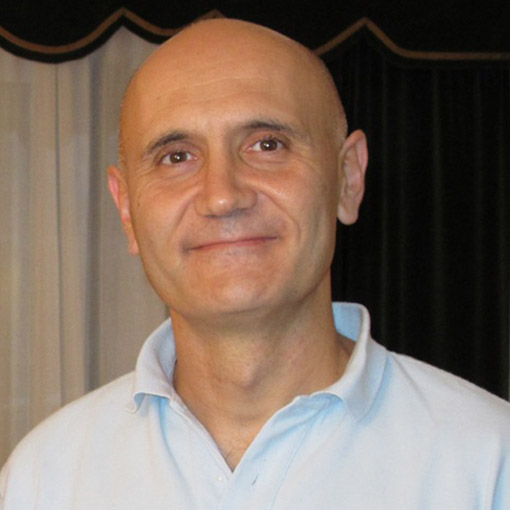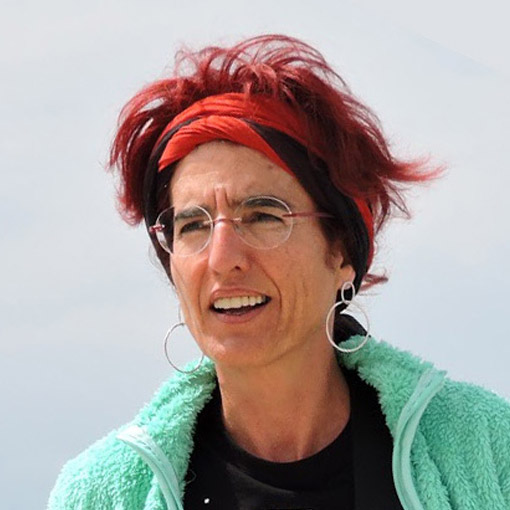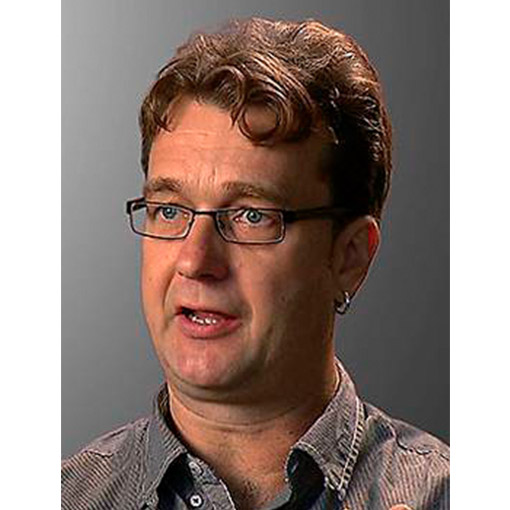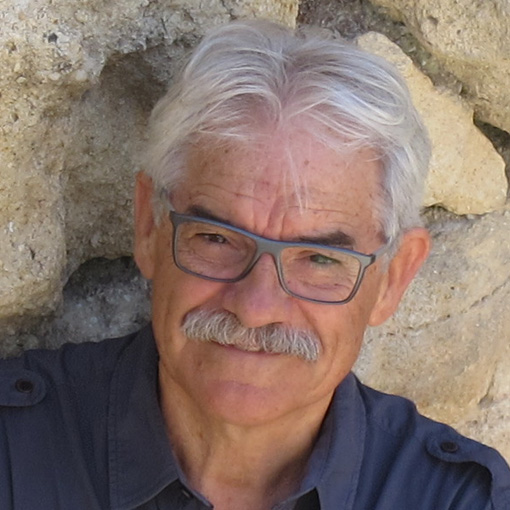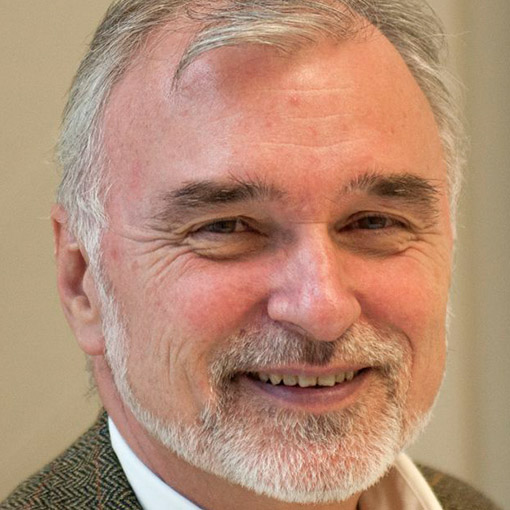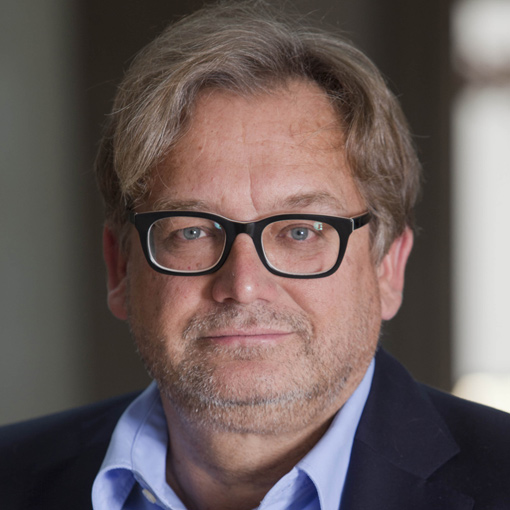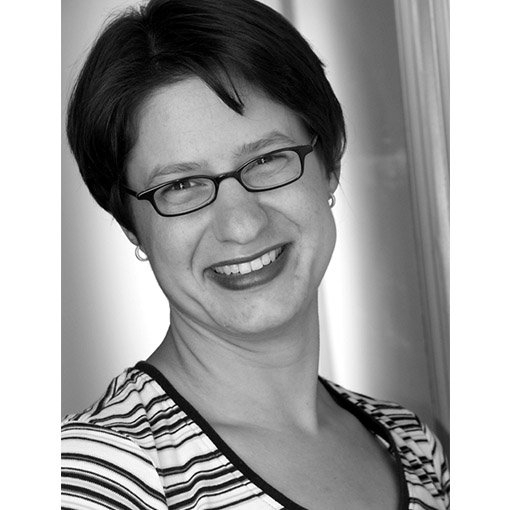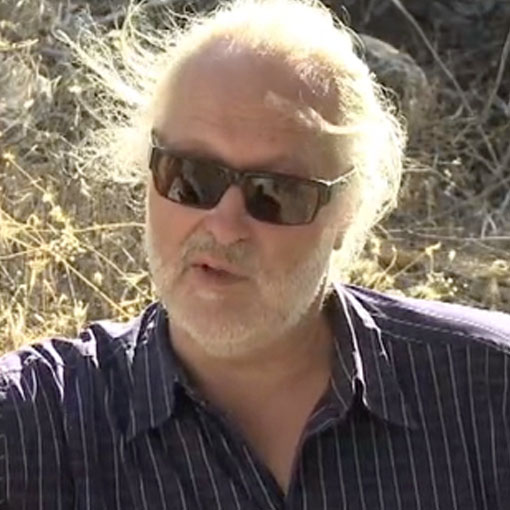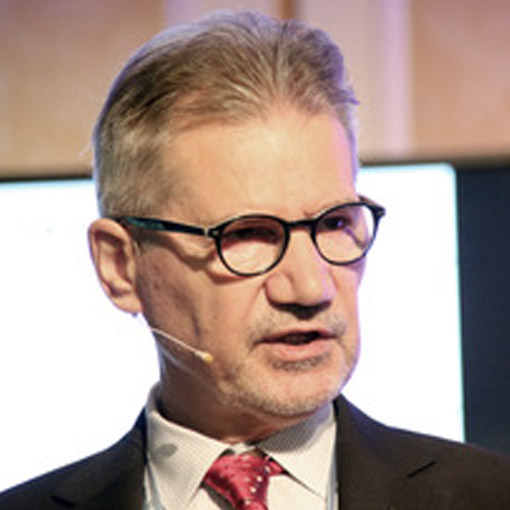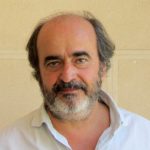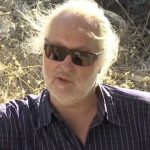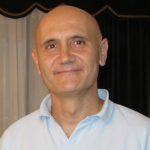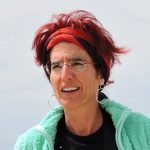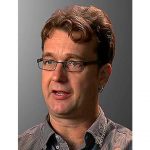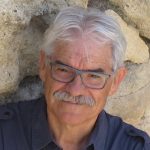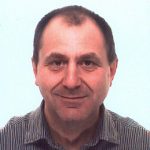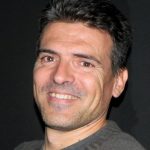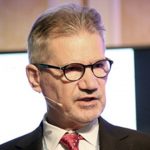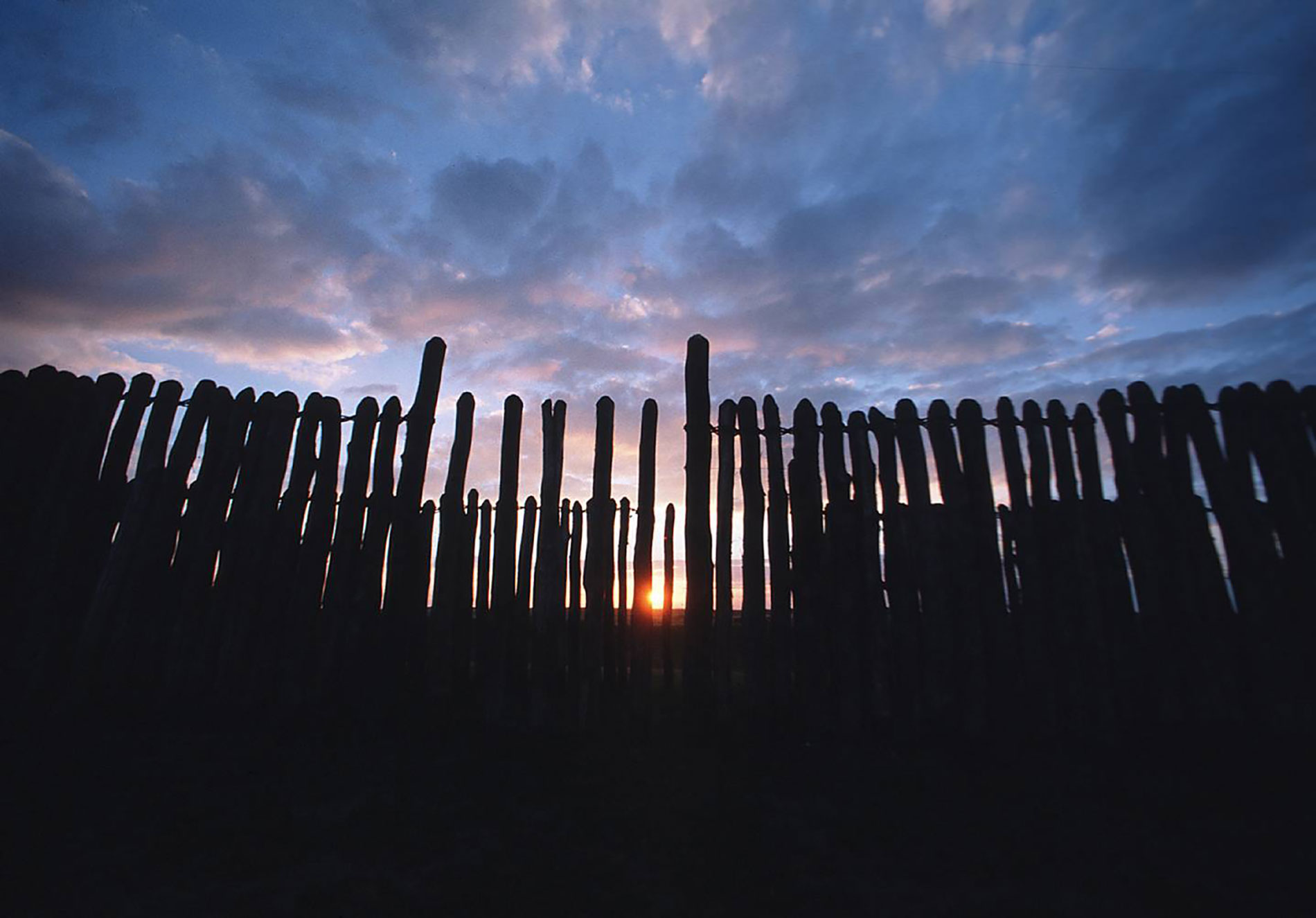
CONGRESS
16 and 17 November 2017
MARQ - Alicante (Spain)
Architectural reconstruction of the rondel of Goseck, Neolithic, about 4880 BC <br/> (©State Office for Heritage Management and Archaeology Saxony-Anhalt, Juraj Lipták).
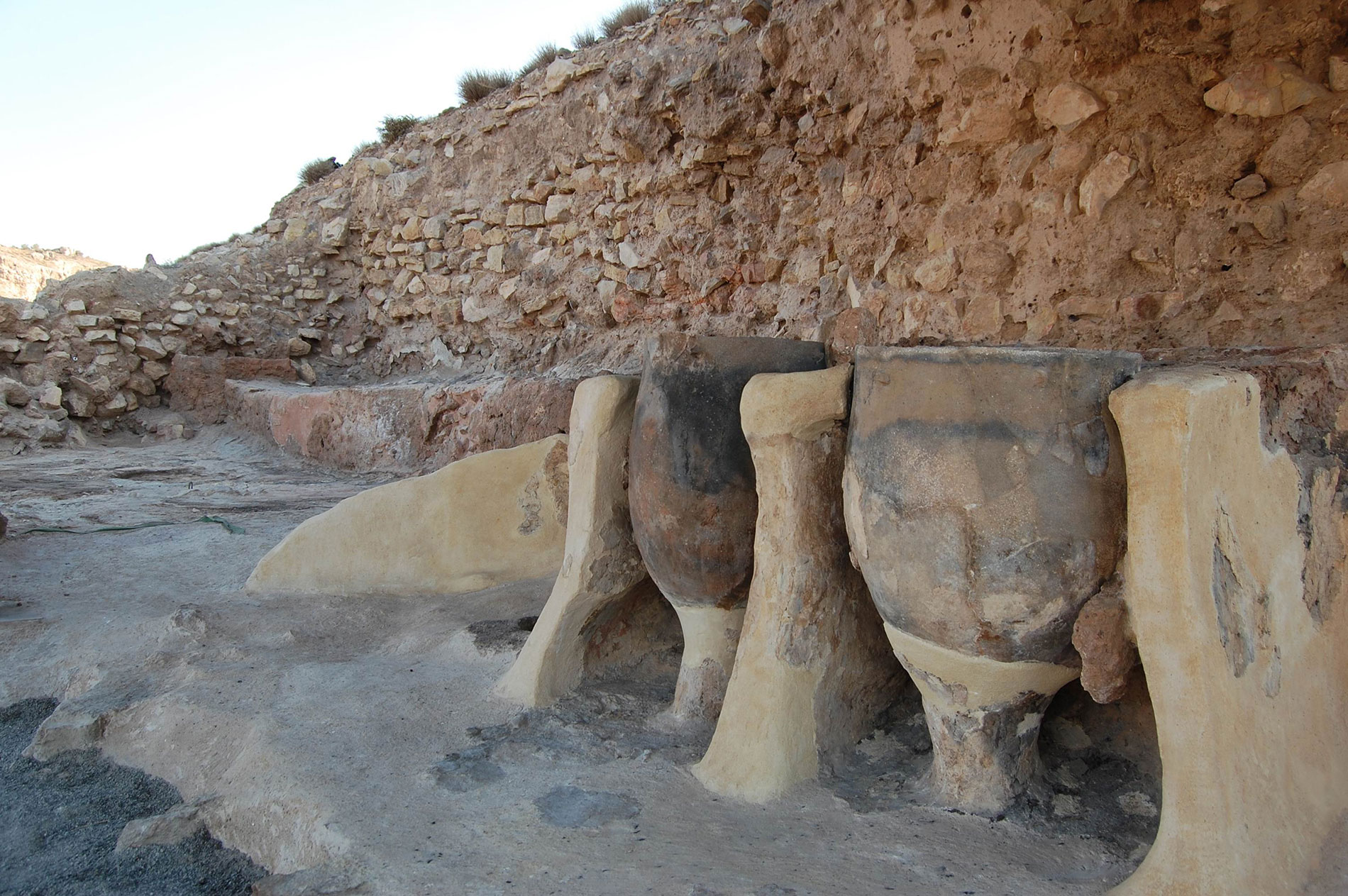
View of a Bronze Age dwelling. Cabezo Redondo (Villena - Alicante) (c.1500 B.C.). Photo: Mauro S. Hernández
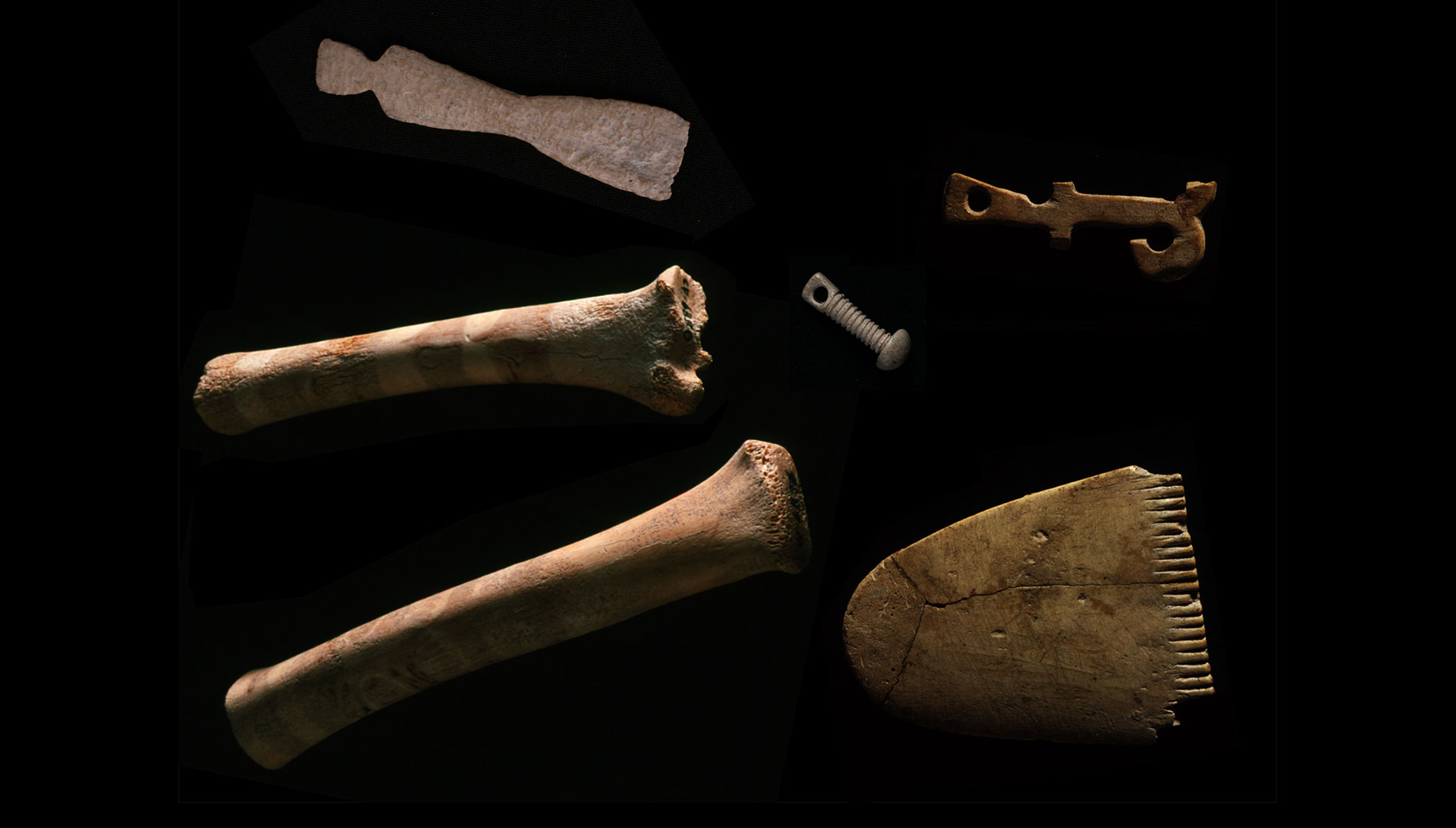
Idols and bone objects from Neolithic and Copper Age burial caves. El Fontanal and La Barcella (Alicante). Photo: Marq

The central burial grave goods of the Leubingen burial mound, Bronze Age, 1942 BC”
(©State Office for Heritage Management and Archaeology Saxony-Anhalt, Juraj Lipták).
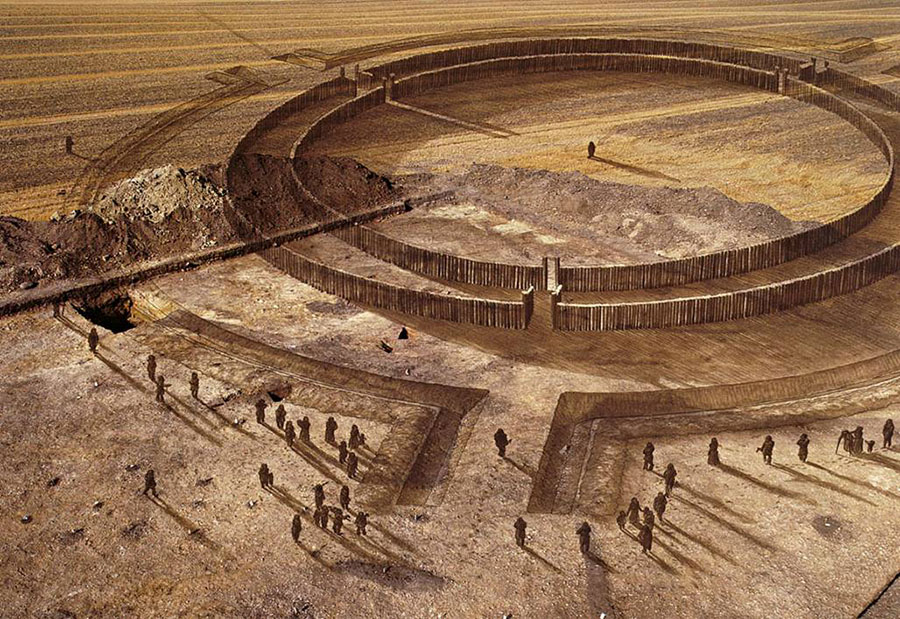
Reconstruction painting of the rondel of Goseck, Neolithic, about 4880 BC
(©State Office for Heritage Management and Archaeology Saxony-Anhalt, Karol Schauer).
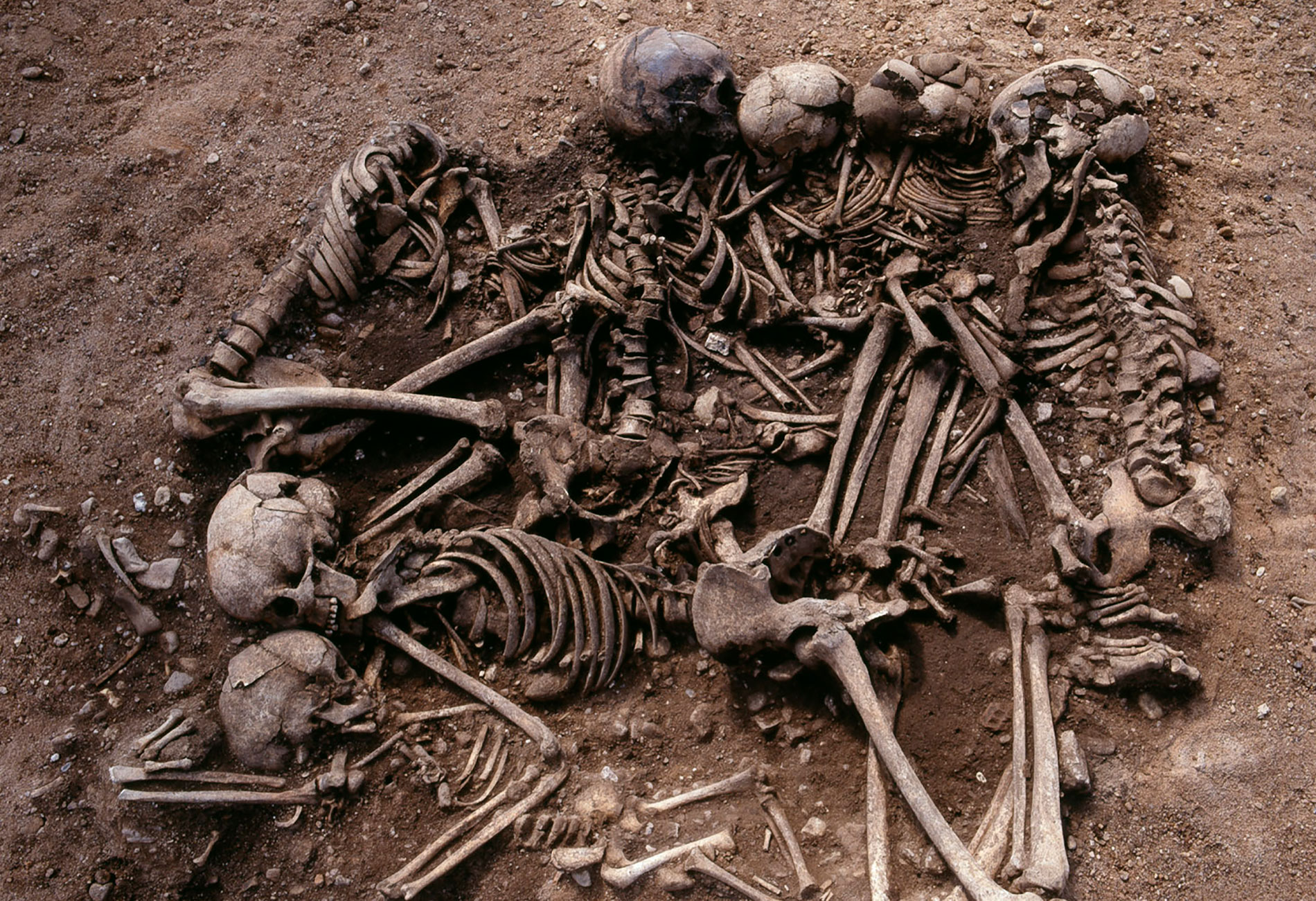
Multiple burial of the Salzmünde Culture, Neolithic, about 3300 BC
(©State Office for Heritage Management and Archaeology Saxony-Anhalt)
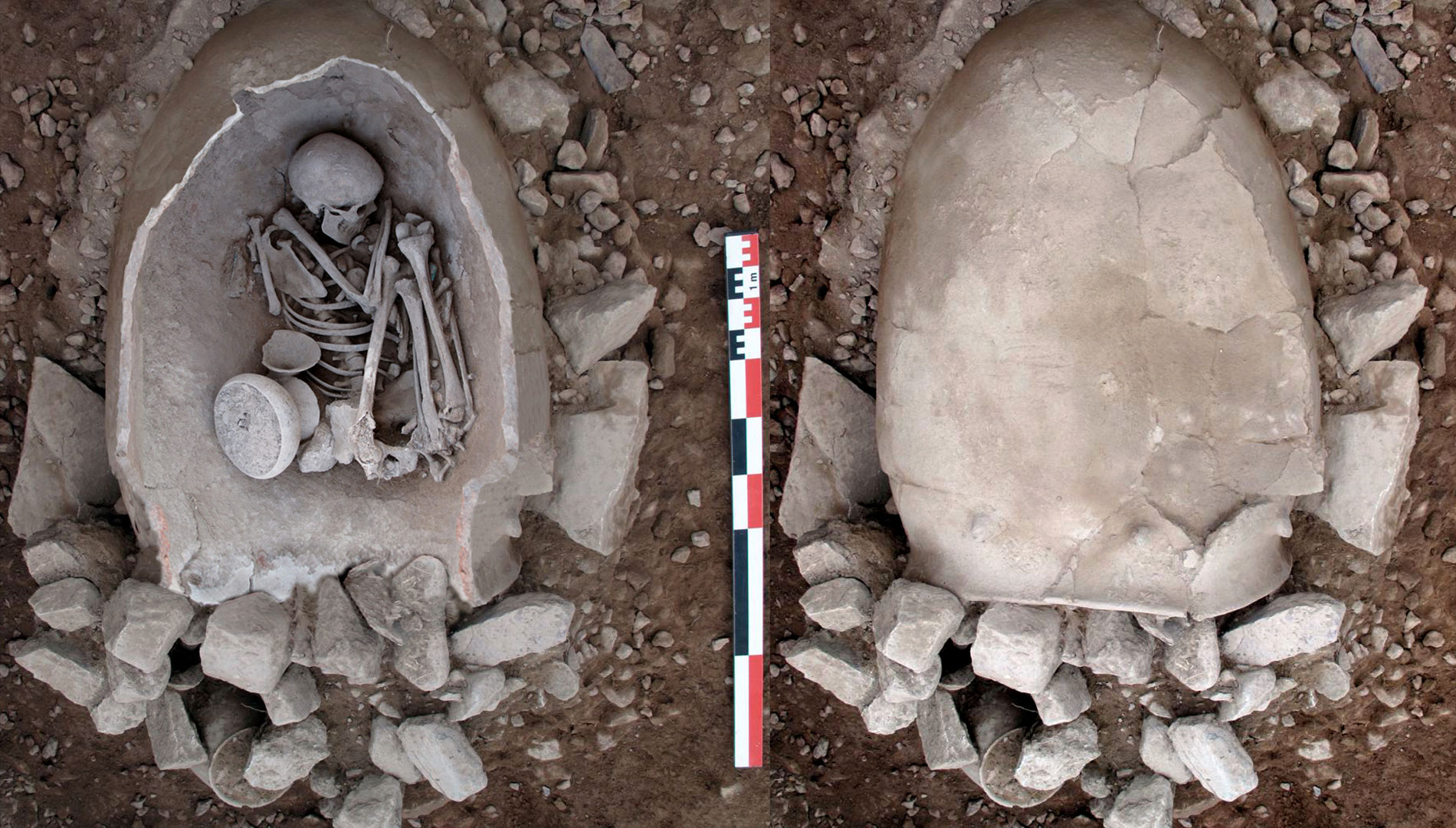
Tomb 21 of La Bastida (Totana - Murcia). Bronze Age. Photo: ASOME-UAB
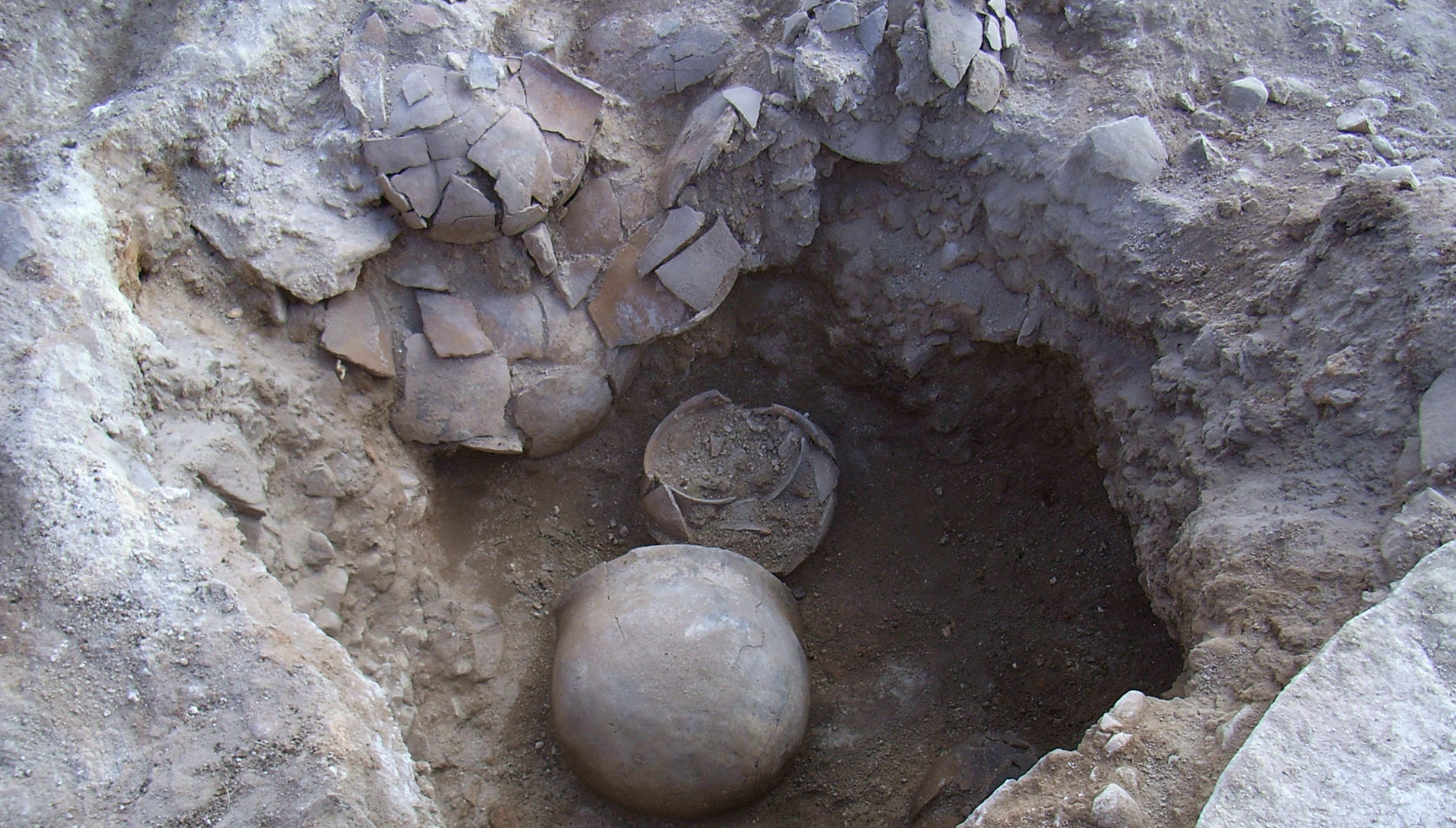
Storage silo of Terlinques (Villena-Alicante). Bronze Age. (c.2000 BC). Photo: F.J. Jover. Alicante University
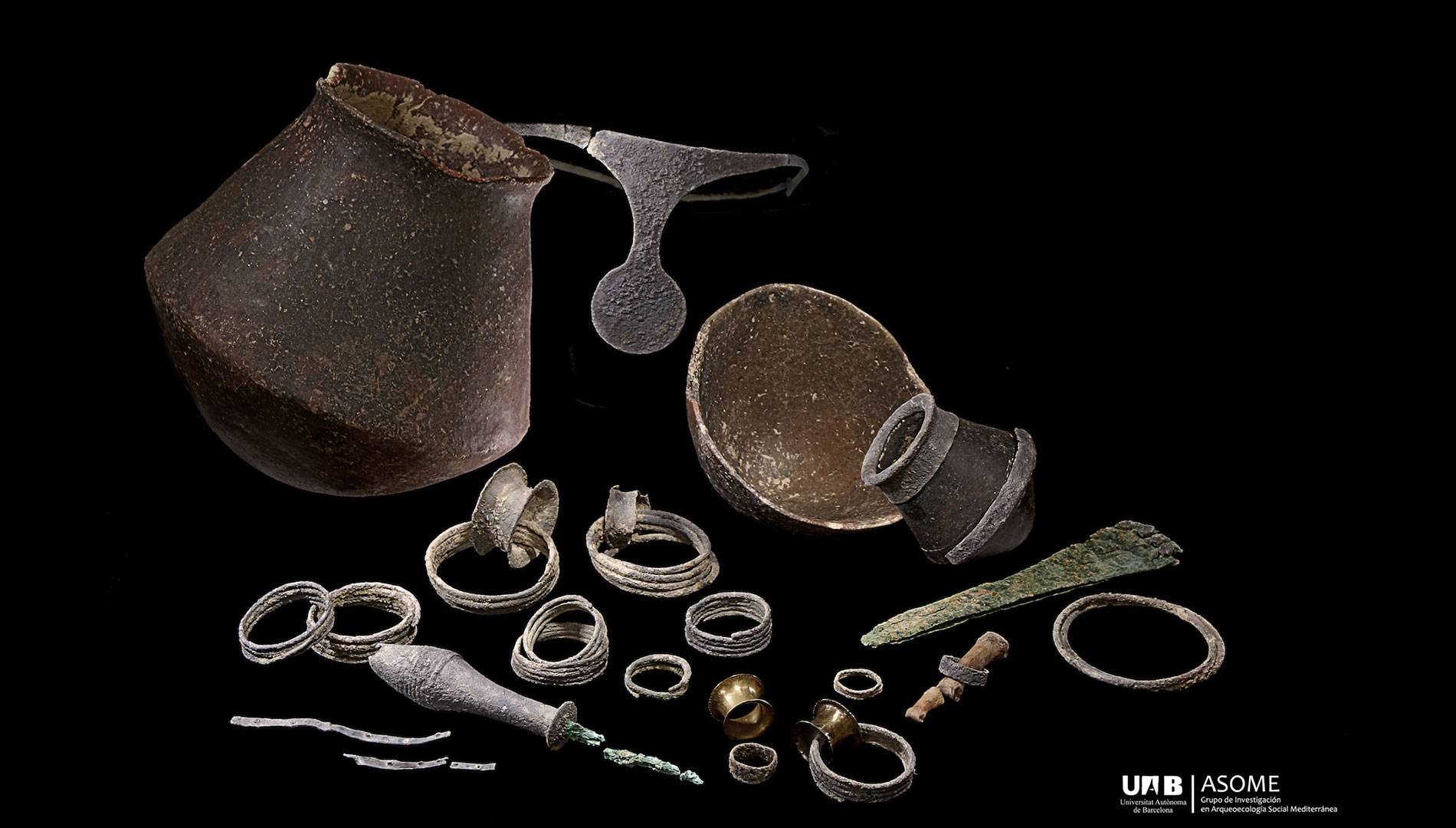
Grave goods of the tomb 38 of La Almoloya (Pliego, Murcia). Bronze Age (c.1600 BC). Photo: ASOME-UAB

Virtual recreation of the Meeting Room of La Almoloya. Bronze Age. Photo:ASOME-UAB
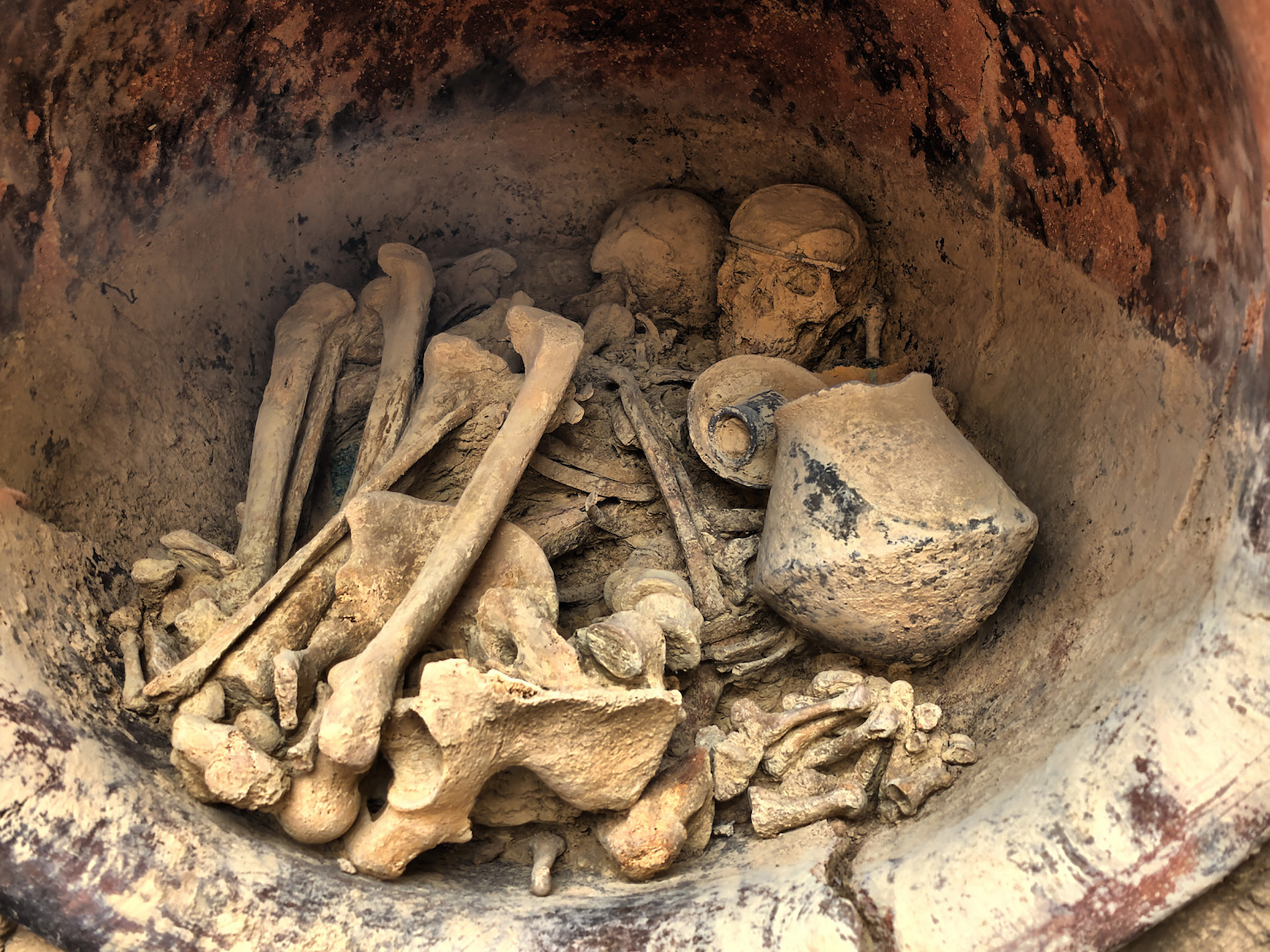
Tomb 38 of La Almoloya (Pliego, Murcia). Bronze Age. ASOME-UAB
Organized by

Collaborates

During the last years, a profound shift in the understanding of European prehistory is taking place whose scientific dimensions we only begin to grasp.

The hoard of the Sky Disk of Nebra, Bronze Age, about 1600 v. Chr.
(©State Office for Heritage Management and Archaeology Saxony-Anhalt, Juraj Lipták)
With the newest research perspectives, we are gaining a much better insight into the emergence of complex social structures, the changing role of violence in prehistory and the rise of the first States on the European continent. These results are challenging all previous models and rise completely different issues and research questions than hitherto thought of. Leading in this discussion is the archaeology of Central Germany and southeastern Spain, given that here systematic, large scale excavations in funerary sites as well as in settlements are taking place in combination with specifically designed interdisciplinary and particularly bio-archaeological research programs. Both regions are providing increasing evidence on the development of extensive settlement structures and the related economic changes towards the end of the Neolithic and in the Chalcolithic.
Defensive architecture, violent destructions and migratory movements seem to have been much more relevant in this trajectory than so far imagined. Both regions saw the rise of what appears to be the most hierarchical societies on the European continent, after experiencing a deep social and demographic crisis around 2200 BCE. Multiple lines of evidence suggest that El Argar in the western Mediterranean and Unetice in central Europe reached a degree of social and economic complexity, which probably required for the first time State or State-like institutions. However, these political systems cannot be explained in the light of the Eastern Mediterranean or Near Eastern societies but rather represent a independent development of surplus economies and class societies which was specific to European history, till the rise of the Roman empire and even beyond in the northern part of the continent.
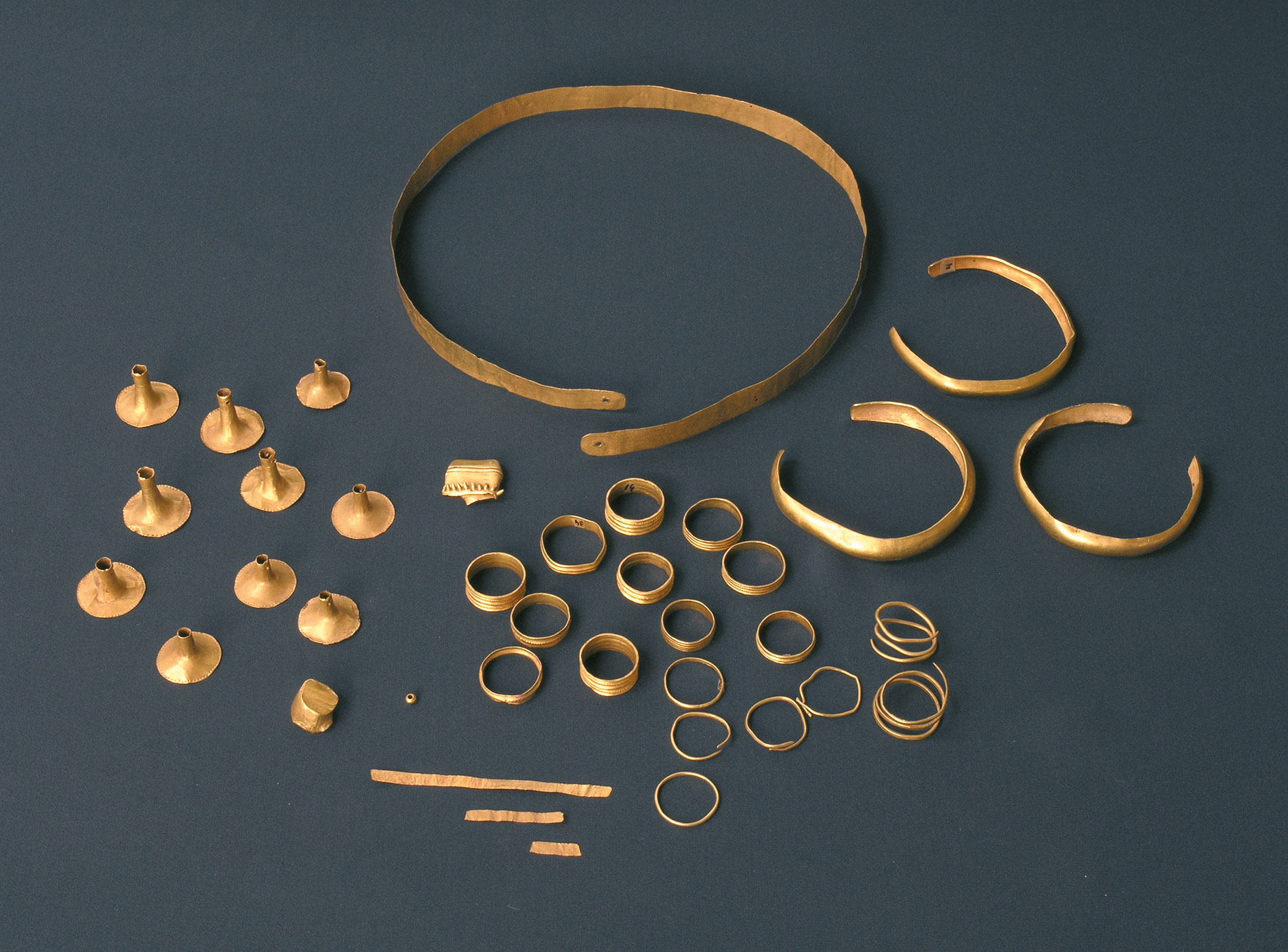
Gold pieces of the hoard of Cabezo Redondo (Villena, Alicante). Bronze Age. Photo: Mauro S. Hernández Pérez
Given the confluence of similar research perspectives and of the methodological challenges in the research teams working in both areas, the organisation of a joint workshop is proposed in order to, first, test the heuristic potential of the applied research methodologies and, second, discuss and improve different interpretive proposals. Given the immediacy of the implied archaeological and bio-archaeological discoveries,
so far, most results have been discussed at a local or national level, but remain largely unknown to a wider audience. The language barrier represents an additional hurdle, which will be overcome through mutual collaboration and exchange of information. Finally, the publication resulting out of the bilateral conference would set a fundamental academic cornerstone for the future of European archaeology and would offer insight into the changing perspectives in Europe’s later prehistory to the international public.
November 16-17, 2017
Archaeological Museum of Alicante
Speakers
F.Javier Jover Maestre
Universidad de Alicante-UA / Instituto Universitario de Investigación en Arqueología y Patrimonio Histórico - INAPHJuan A.López Padilla
Museo Arqueológico de Alicante-MARQConsuelo Roca de Togores Muñoz
Museo Arqueológico de Alicante-MARQJorge A.Soler Díaz
Museo Arqueológico de Alicante-MARQ / Universidad de Alicante-UAAlberto Lorrio Alvarado
Universidad de Alicante-UA / Instituto Universitario de Investigación en Arqueología y Patrimonio Histórico - INAPHMauro S. Hernández Pérez
Universidad de Alicante-UARafael Micó Pérez
Universidad Autónoma de Barcelona-UABCristina Rihuete Herrada
Universidad Autónoma de Barcelona-UABRoberto Risch
Universidad Autónoma de Barcelona-UABVicente Lull Santiago
Universidad Autónoma de Barcelona-UABErnst Pernicka
Institut für Geowissenschaften-Universität HeidelbergHarald Meller
Landesamt für Denkmalpflege und Archäologie-LDA Landesmuseum für Vorgeschichte / Martin-Luther-Universität Halle-Wittenberg-MLU HalleSusanne Friederich
Landesamt für Denkmalpflege und Archäologie-LDAFrançois Bertemes
Martin-Luther Universität-MLUKurt Alt
Center of Natural and Cultural History of Man Danube Private University (DPU)- Integrative Prehistory and Archaeological Science (IPAS) Basel University
Sessions
The Conference will be held on 16 and 17 November 2017.
The programme is subject to changes, refer to the website for updates.
The programme is subject to changes, refer to the website for updates.
Day 1
16 Nov 2017
Day 2
17 Nov 2017
Day 3
29 Oct 2020
9:00 - 9:30
MARQ
The violent dawn of the Salzmünde society around 3300 BC
Above the course of the river Saale the earthwork of Salzmuende presents itself proudly. Quite obvious it exudes power. But it is not a stronghold. There are many elaborately built... Read More
The funerary rites of 6th to 3rd millennium BC in the East of the Iberian Peninsula. Outlook and problematic of a biased archaeological record
In the first two decades of the 21st century our knowledge about the funerary record in the Central Mediterranean Region of the Iberian Peninsula has increased tremendously. The studies and... Read More
At the verge of a new world: Society and ideology around 2200 BC
From 2005 to 2008 our Institute has excavated in cooperation with the State Office for Heritage Management and Archaeology Saxony-Anhalt a monumental circular enclosure at Pömmelte, next to the river... Read More
The formation and expansion of the El Argar society in 2200-1800 BC
The time around 2200 BCE was marked in the Iberian Peninsula, and particularly in its southern regions, by profound social, political, and ideological changes. A substantial number of 14C dates... Read More
13:00 - 13:45
Round Table
13:45 - 16:00
Lunch
Funerary practices and social development beyond the territory of El Argar
From the seminal studies of the nineteenth century, the analysis of the dissymmetries in the funerary record of the Bronze Age societies of the Iberian Peninsula has been a key... Read More
Metal production and circulation in Bronze Age Europe
The hypothesis that trace element concentrations should be a guide to the provenance of ancient metals has been formulated more than hundred years ago. Although very large analytical programs of... Read More
9:00 - 9:45
Gold, power and warfare. New insights into central German Únětice societies
After 15 years, the research results on the context of the Nebra sky disc not only allow a multitude of statements on the object itself, they also prompt fundamental reconsiderations... Read More
9:45 - 10:30
Continuity and rupture after El Argar: The Late Bronze Age in the Southeast and East of the Iberian Peninsula
In the 1970s, the works of researchers such as F. Molina and O. Arteaga allowed to characterize the end of Prehistory in the Southeast of the Iberian peninsula. Their studies... Read More
10:30 - 11:00
Coffee-Break
11:00-11:45
The end of the Bronze Age and the beginnings of Iron Age in the Southeast of Iberia
The Southeastern territory of the Iberian peninsula during the Late Bronze Age and the Ancient Iron Age is analyzed. The study emphasizing on the analysis of the interaction between the... Read More
The contribution of bio-archaeological research in the present discussion on emerging complexity in Bronze Age Europe
The Neolithic lifestyle developed in the Near East about 12,000 years ago and spread into Central Europe and the Iberian Peninsula via different routes during the following millennia. Funded by... Read More
12:30-13:15
Round table
13:15-13:45
Closing
09:00


